via Bianca Beatriz A Perez, Pressroom PH
In the heart of the bustling street lies a nation of contradiction where crucifixes lay beside illegal abortion pills, where beside the two lines in one stick, only one carries the weight: Sunshine, more than just a story, but a repetition seen daily, where blood, sweat, tears and sacrifice meets a responsibility you never asked for, how many more sunshines are behind the frame?
Behind the Story
Antoinette Jadaone’s Sunshine starring Maris Racal is more than just a typical story, it is a cinematic lens that brings to us the raw view about the reality of women. Are cultural beliefs and values more important than facing our current principles, on how we prove again and again how our society fails these young women? Shot in the oppressive heat and under real air, the film moves to counter romanticizing the scenery, instead it counters the reality, where beside religious icons lay abortion pills in a place that offers condemnation in price of compassion.
The Numbers Behind Gold
The truth is- sunshine is just one out of hundreds of young women facing the responsibility of teenage pregnancy, where in the Philippines, a country deemed conservative remains one of the countries with the highest teenage pregnancy rates in Asia. It ranks second in Southeast Asia, with over 500 girls aged 15 to 19 becoming mothers each day (Dela Pena, 2023; Save the Children Philippines, 2024a). Despite reproductive laws, comprehensive sex education becomes a blocked vessel hindered by the conservative masses of institutions, where what seems to be basic, needed education is seen as taboo and something to avoid laying on the table, the numbers disagree as they increase in just four years. In 2023 alone, 17 young women under 20 had already given birth five or more times, and 38 girls under 15 experienced repeated pregnancies (Aning, 2025).
Society’s Judgment vs. Internal decisions
As questions impede and opinions are stated, this doesn't become merely but a personal decision as each step highlights the overlapping voices of “righteousness.”
The film asks a question, a challenge: “Who truly makes the decision when the choices given are moralized?” As our young women today hold merely no choices, no selection for a situation that centralizes them, what are the rights they have to express when what's best for them are tided over with confusion, guilt and resistance.
Between the Lines: Shame and Hope
Walking alongside Sunshine, a conscience, maybe her lost childhood - In her journey where the reality offers no legal choices, she meets beneath the shadows; the friends, doctors and institutions that offer support and solidarity, showing collective empathy when the supposed community pillars refuse to, an eye opener that within and under the societal oppression, empathy exists because the situation is raw, it is real, behind the numbers are faces just like Sunshine, faces we fail to see not because they don't exist, but because we refuse to see them, blinded by tradition, culture, and values, not principles.
The Call Beyond the Screen
What numbers do we need to reach for us to be able to see that behind the story of sunshine are novels worth of situations, the solution not being restrictive to abortion but about creating a world, a community where education is seen as power and our youth are heard, protected and supported, as sex education shouldn't be a moral battleground but a human right.
Teenage pregnancy is no longer limited to be a “problem about the youth” but a societal opener that becomes a lens to how we, as a society, fail to nurture our…young minds.
Sunshine isn't about keeping innocence, it is softness within oppression, a call to action without easy answers but a reality that dares us to do the one thing ever so constant but never done right: change.

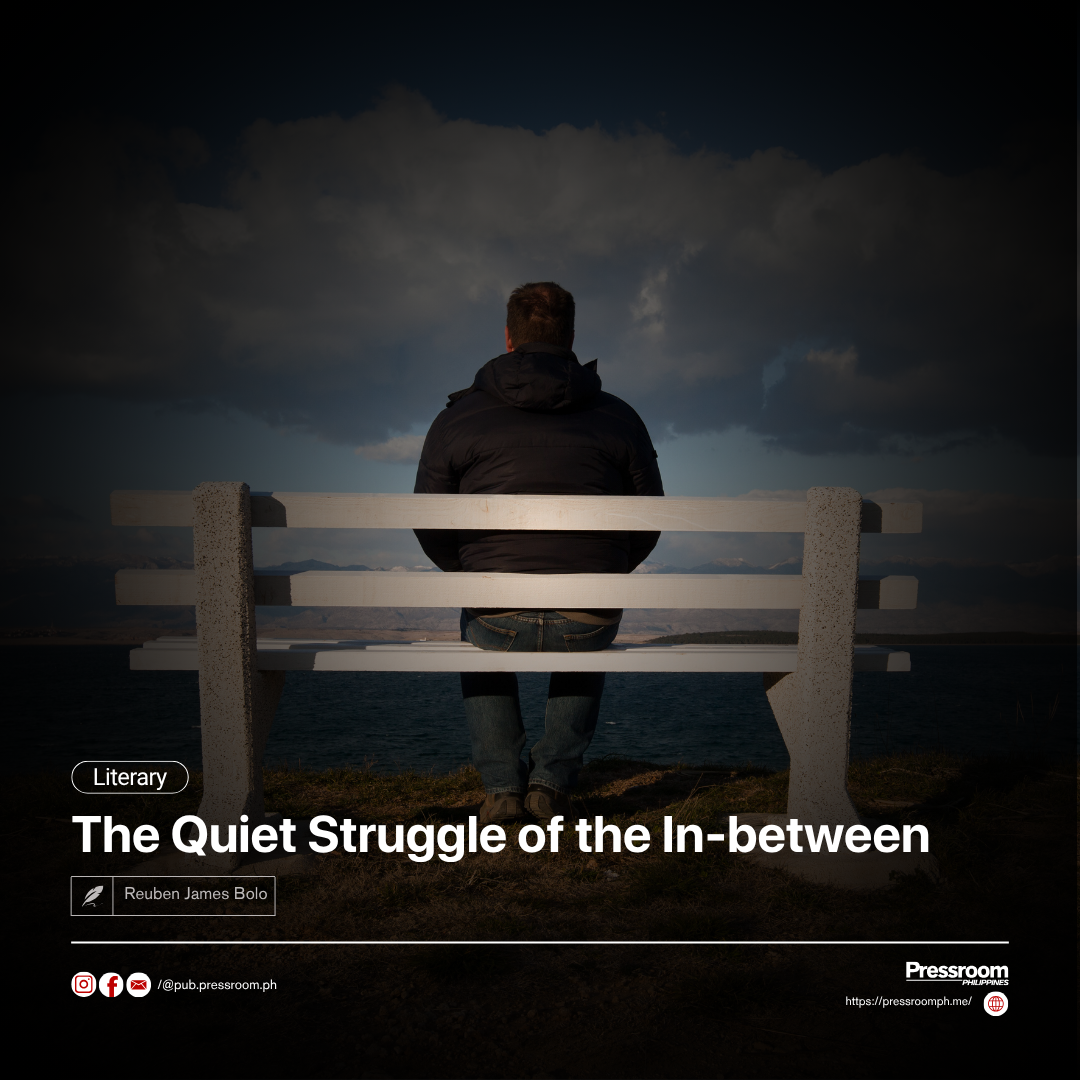
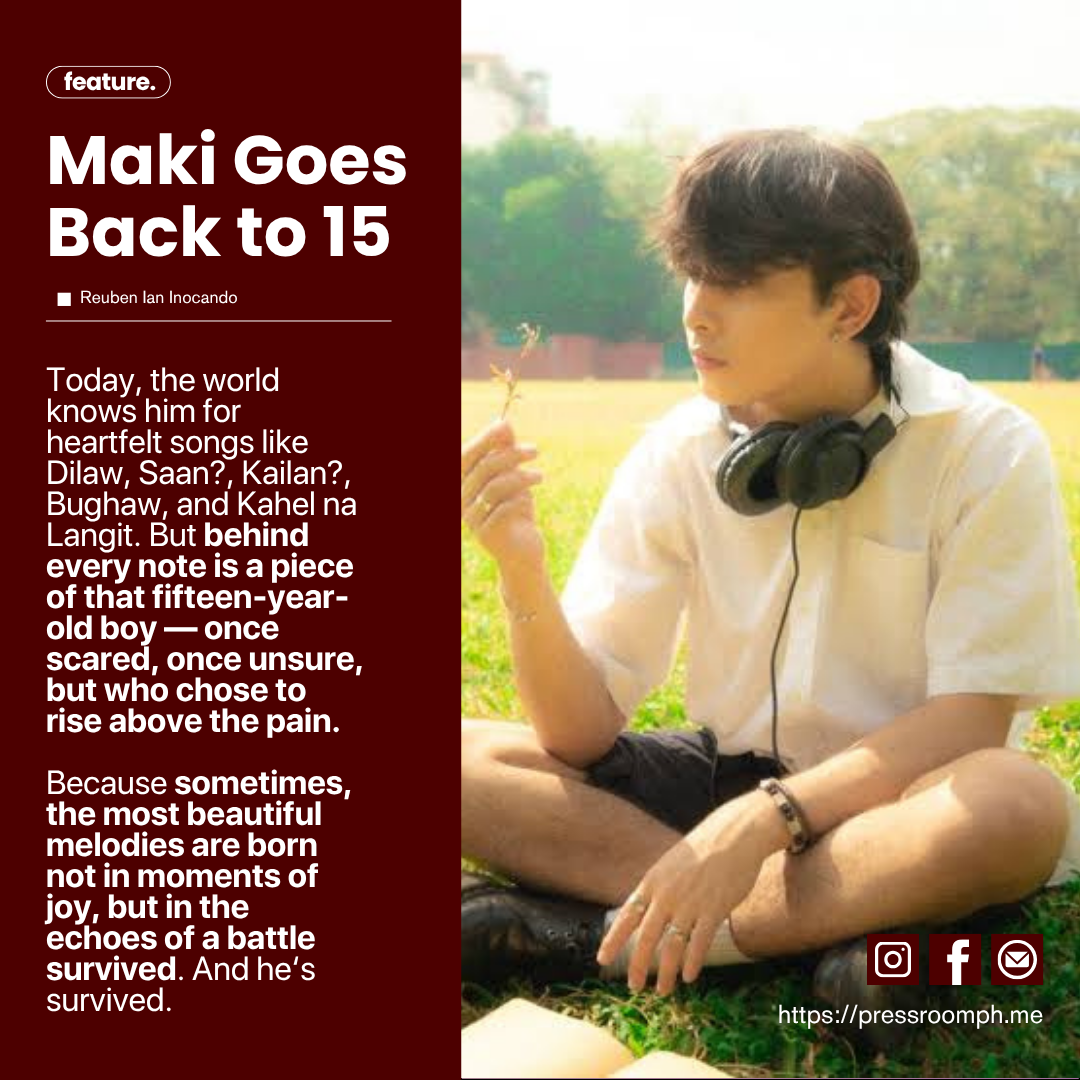
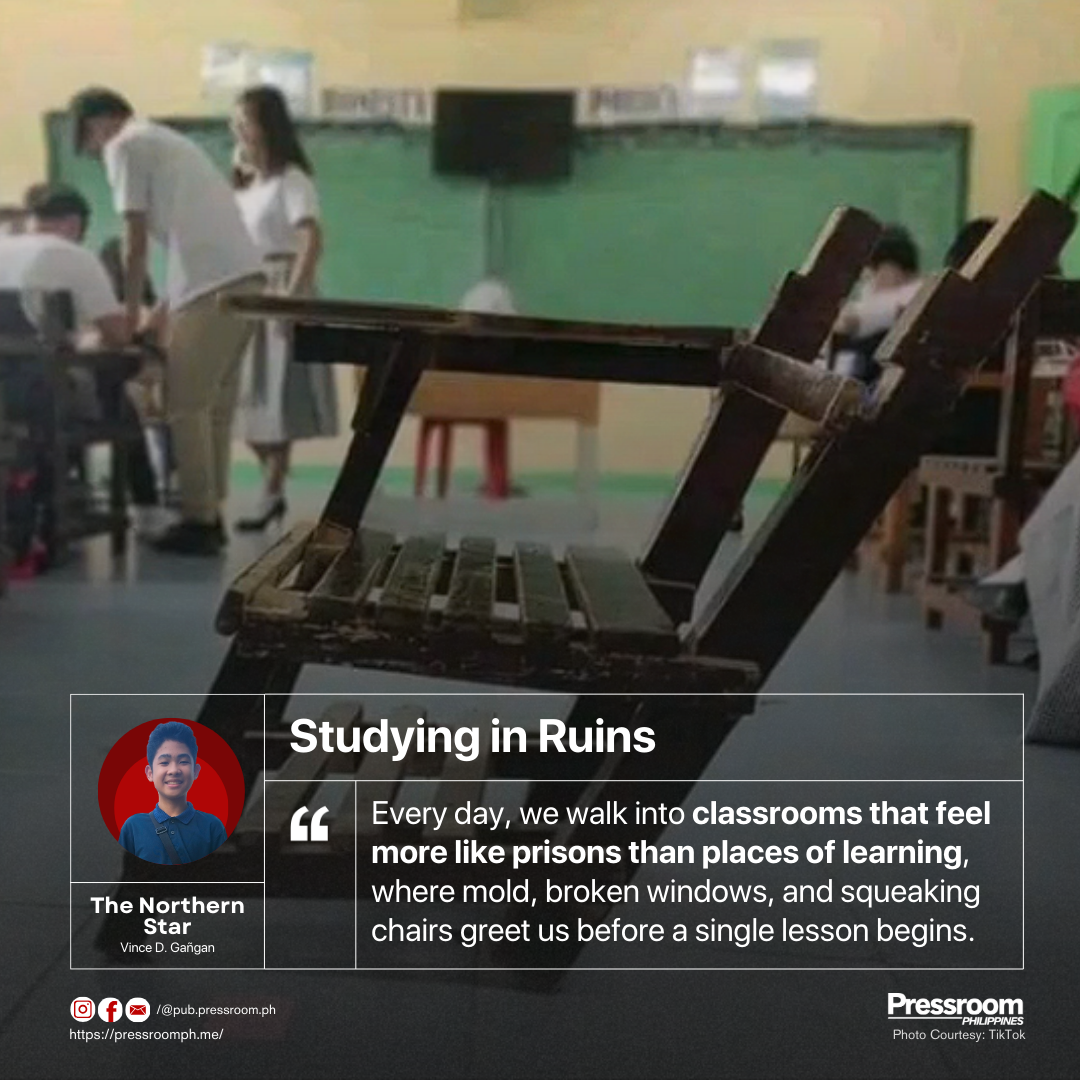
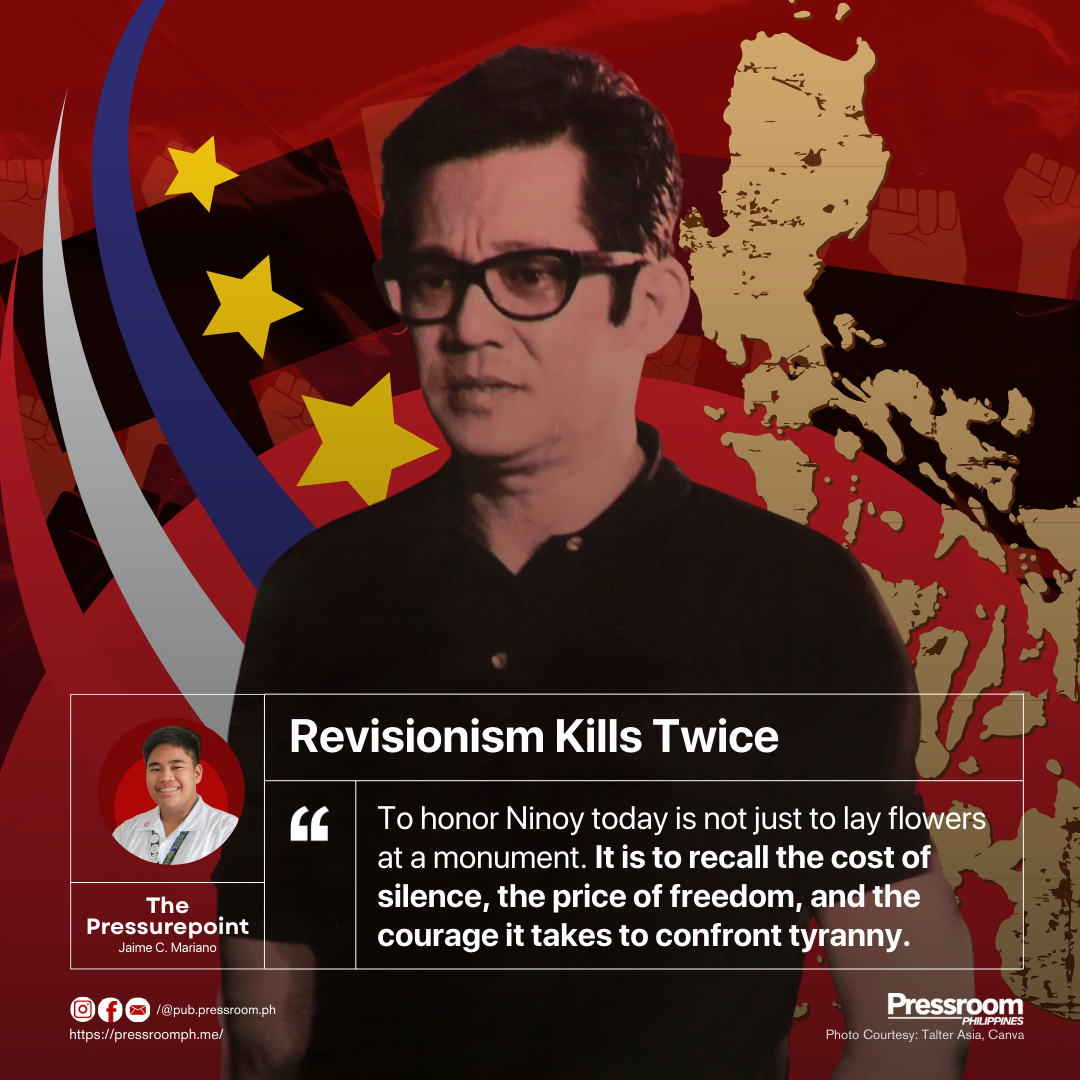
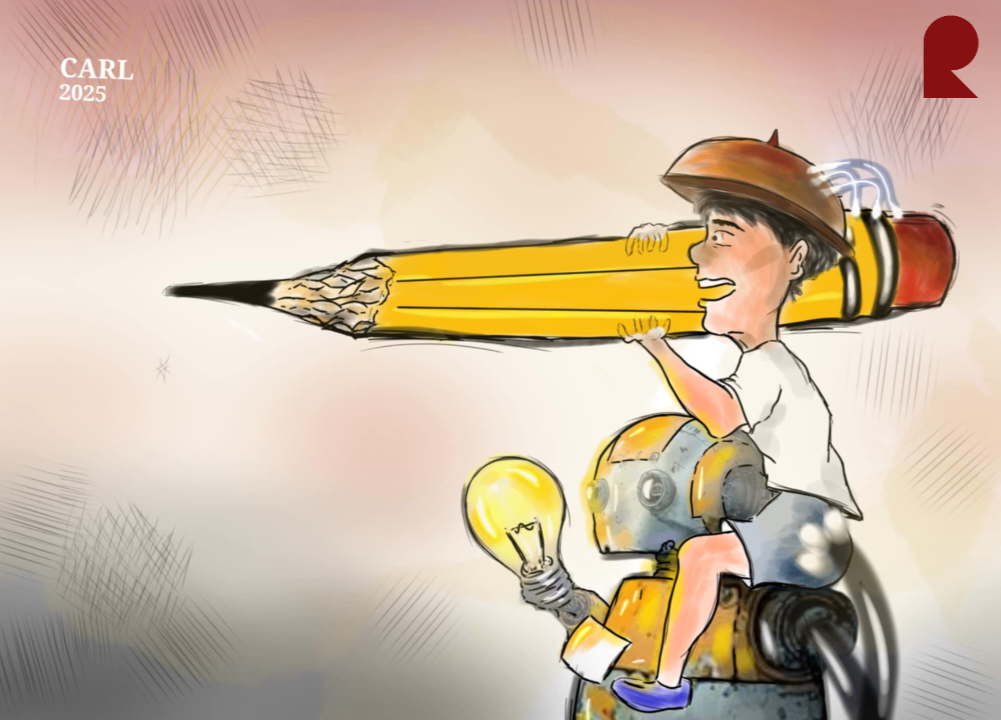
![Pixilated Perspective: Inked by [AI]magination](https://cdn.pressroomph.me/images/articles/b36cae84-e4b2-4583-ade7-2b197a412c1d.png)